Research Research Highlights
Research Highlights
Research Highlights
Research Highlights
Research Highlights 미리보기

First to Uncover What Happens to mRNA Vaccines in the Body
Prof. V. Narry Kim
A Korean research team has, for the first time globally, elucidated the intracellular mechanisms by which mRNA vaccines function, marking a significant advancement in RNA-based therapeutics.
Research Highlights Board
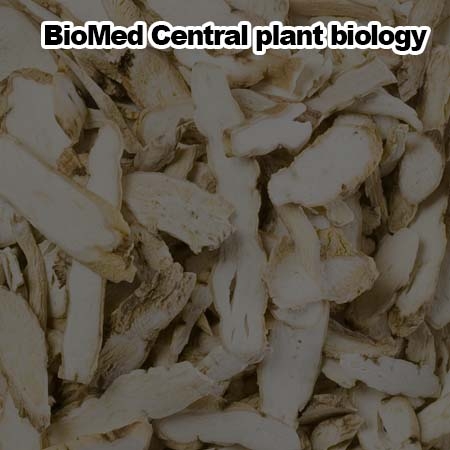
Genome structure and diversity among Cynanchum wilfordii accessions
Prof. Tae-Jin Yang
Professor Yang Tae-jin's team in the Department of Agriculture, Forestry and Bioresources is conducting research on the genomic structure characteristics and genetic diversity of Baeksuo grown in Korea.
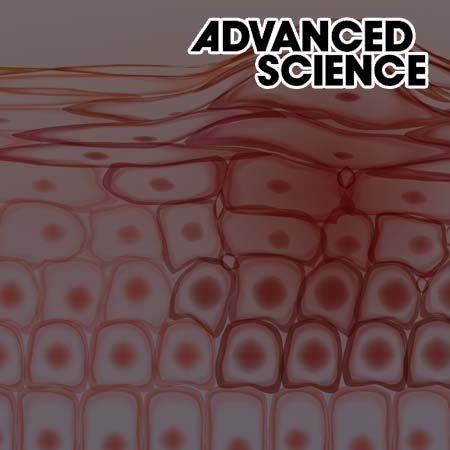
Light-Triggered In Situ Biosynthesis of Artificial Melanin for Skin Protection
Prof. Byung-Gee Kim
The research team of Professor Kim Byung-gi and Hwang Seok-yeon in the Department of Chemical and Biological Engineering announced that they have developed a biomimetic system that protects skin tissues and cells from UV rays by making artificial melanosomes.

The Discovery of Genetic Factors Surrounding the Physiological Disorder of Root Plants
Prof. Ji-Young Lee
The research team of Professor Lee, Ji-Young in the Department of Biological Sciences announced that they have found that the pithiness in radish taproots is facilitated by NAC013, which is a transcription factor activated in environments that cause the increase of reactive oxygen.

The First Implementation of Floquet Engineering in Magnetic Materials
Prof. Je-Geun Park
The joint research team of Professor Park, Je-Geun in the Department of Physics & Astronomy announced that they have succeeded in implementing the Floquet engineering technology in the magnetic van der Waals material MnPS3.
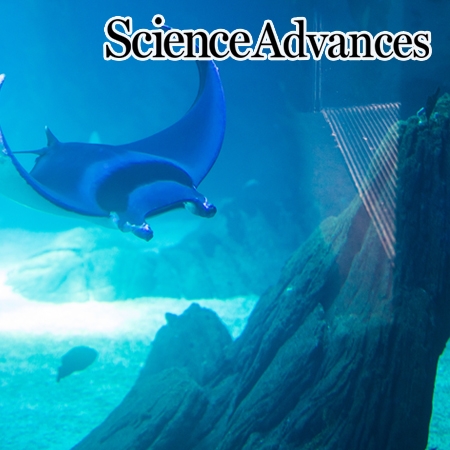
The Technology that Remotely Detects Objects with Eyes Closed
Prof. Jeong-yun Sun & Prof. Ho-young Kim
The research team of Professor Jeong-Yun Sun and Professor Ho-Young Kim in the College of Engineering announced that they have developed the technology that remotely detects the location and motions of objects nearby by mimicking ray’s ability to detect electric field.

NIRVP: A robust structural proxy for sun-induced chlorophyll fluorescence and photosynthesis across scales
Prof. Youngryel Ryu
Professor Youngryel Ryu of the Department of Landscape Architecture and Rural Systems Engineering developed a technology that conveniently and accurately detects photosyntheis on ground by using remote sensing.

Transparent Air Filters with Active Thermal Sterilization
Prof. Seung Hwan Ko
Professor Seung Hwan Ko's research team in the Department of Mechanical Engineering announced that they developed a "transparent copper nanowire" which collects and sterilizes fine dust and pathogens.
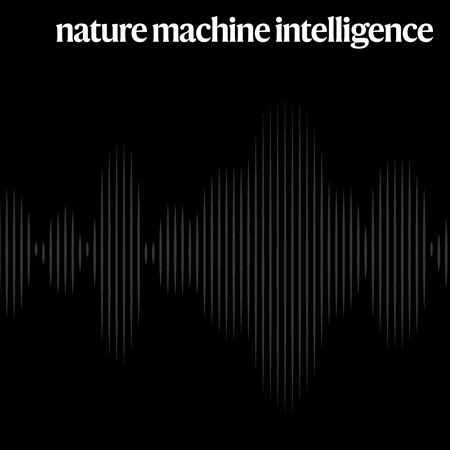
Deep reinforcement learning-designed radiofrequency waveform in MRI
Prof. Jongho Lee
Professor Jongho Lee's research team in the Department of Electrical and Computer Engineering announced that they developed a technology that enables artificial intelligence to design the electromagnetic waves used in MRI by itself.

CTRP3 exacerbates tendinopathy by dysregulating tendon stem cell differentiation and altering extracellular matrix composition
Prof. Jinhong Kim
Professor Jinhong Kim's research team in the Department of Biological Sciences presented a new treatment for rotator cuff syndrome, a rupture of the tendon surrounding the shoulder, which is a main cause of shoulder pain.
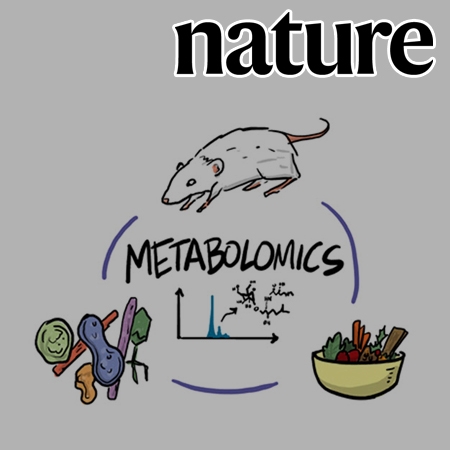
Host immunomodulatory lipids created by symbionts from dietary amino acids
Prof. Seung Bum Park
Professor Seungbeom Park's research team in the Department of Chemistry found out and analyzed the action mechanism of BfaGC, a immunoregulatory factor made by the Bacteroides fragilis which is a species of symbiotic microorganism found in the human intestines.

Sodium Cholate-Based Active Delipidation for Rapid and Efficient Clearing and Immunostaining of Deep Biological Samples
Prof. Sunghoe Chang
Professor Seongho Chang's research team in the College of Medicine succeeded in developing a high-speed rarefaction technology which can be used for a fast three-dimensional biopsy diagnosis.
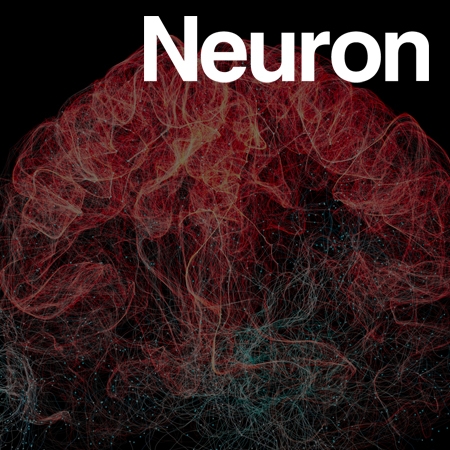
A forebrain neural substrate for behavioral thermoregulation
Prof. Sung-Yon Kim
Thermoregulatory behavior is a basic motivated behavior for body temperature homeostasis. Despite its fundamental importance, a forebrain region or defined neural population required for this process has yet to be established.

